Does my Iron need to be descaled?

The Problem: A Limescale-Clogged Iron
Have you ever noticed your iron spitting white flakes, staining your clothes or struggling to produce steam? The most likely culprit is limescale, a common issue for many households. At Care+Protect, we understand the frustration of a faulty appliance. That is why we are committed to providing professional, knowledgeable solutions that make home maintenance easier. Our products are created by professionals from Haier Europe, home to globally recognised brands such as Haier, Hoover, and Candy. This guide will help you understand if your iron needs to be descaled and provide a straightforward solution to keep it working efficiently.
How Limescale Harms Your Iron
Limescale is a hard, chalky deposit made of calcium carbonate. It is a natural result of hard water, which is prevalent in many parts of the UK. When you fill your iron with tap water, the minerals within it build up over time inside the appliance, particularly on the soleplate and in the steam vents. This can lead to a number of problems:
-
Reduced Performance: The mineral buildup clogs the steam vents of steam irons and steam generators, reducing steam output and making ironing more difficult.
-
Staining: Limescale can break off as white flakes, staining your clothes and ruining your laundry.
-
Increased Energy Usage: The limescale acts as an insulator, forcing the iron to use more energy to reach the desired temperature.
-
Shortened Lifespan: Over time, the buildup can cause irreversible damage to the iron’s internal components, leading to a shorter lifespan and the need for a costly replacement.
The Signs Your Iron Needs Descaling
Knowing when to descale your iron can save you from a lot of frustration. Look for these common signs:
-
Steam Issues: If your iron is not producing as much steam as it used to, or if the steam is weak and inconsistent.
-
White or Brown Residue: If you notice white flakes or brown residue on your clothes after ironing, it is a clear sign of mineral buildup.
-
Spluttering and Leaking: If your iron starts spluttering and leaking water, it is often a result of clogged steam vents.
-
Slow Heating: If your iron is taking longer to heat up than usual, limescale could be preventing the heating element from working efficiently.

A Simple and Effective Descaling Method
Descaling your iron doesn't have to be a difficult task. Using a professional-grade descaler is a safe and effective way to remove limescale and restore your iron's performance. Our products are top quality and highly effective, as approved by the Good Housekeeping institute.
-
Preparation: Check your iron's instruction manual for specific descaling instructions. If it has a self-cleaning or descaling function, follow those steps. Ensure the iron is unplugged and cool.
-
Add Descaler: Fill the iron's water tank with the descaling solution, following the product instructions carefully for the correct amount.
-
Heat and Steam: Plug the iron in and let it heat up. Once hot, hold the iron over a sink and press the steam button repeatedly to release the descaling solution through the vents. This will help clear any clogs.
-
Rinse Thoroughly: After the descaling solution has been released, unplug the iron and let it cool. Rinse the tank with fresh water and repeat the steaming process to flush out any remaining descaler and limescale particles.
-
Final Check: Do a test run on an old cloth to ensure no residue is left before using the iron on your clothes.
Conclusion: Maintain Your Iron, Protect Your Clothes
Descaling your iron is a simple but essential part of appliance maintenance. By regularly removing limescale, you can ensure your iron works efficiently, save on energy bills and, most importantly, protect your clothes from unsightly stains.
At Care+Protect, we provide you with the professional tools and knowledge to care for your home appliances. Our products are designed to make maintenance simple and effective, helping you to extend the lifespan of your iron and keep your laundry looking its best. Trust us to be your partner in home appliance care.

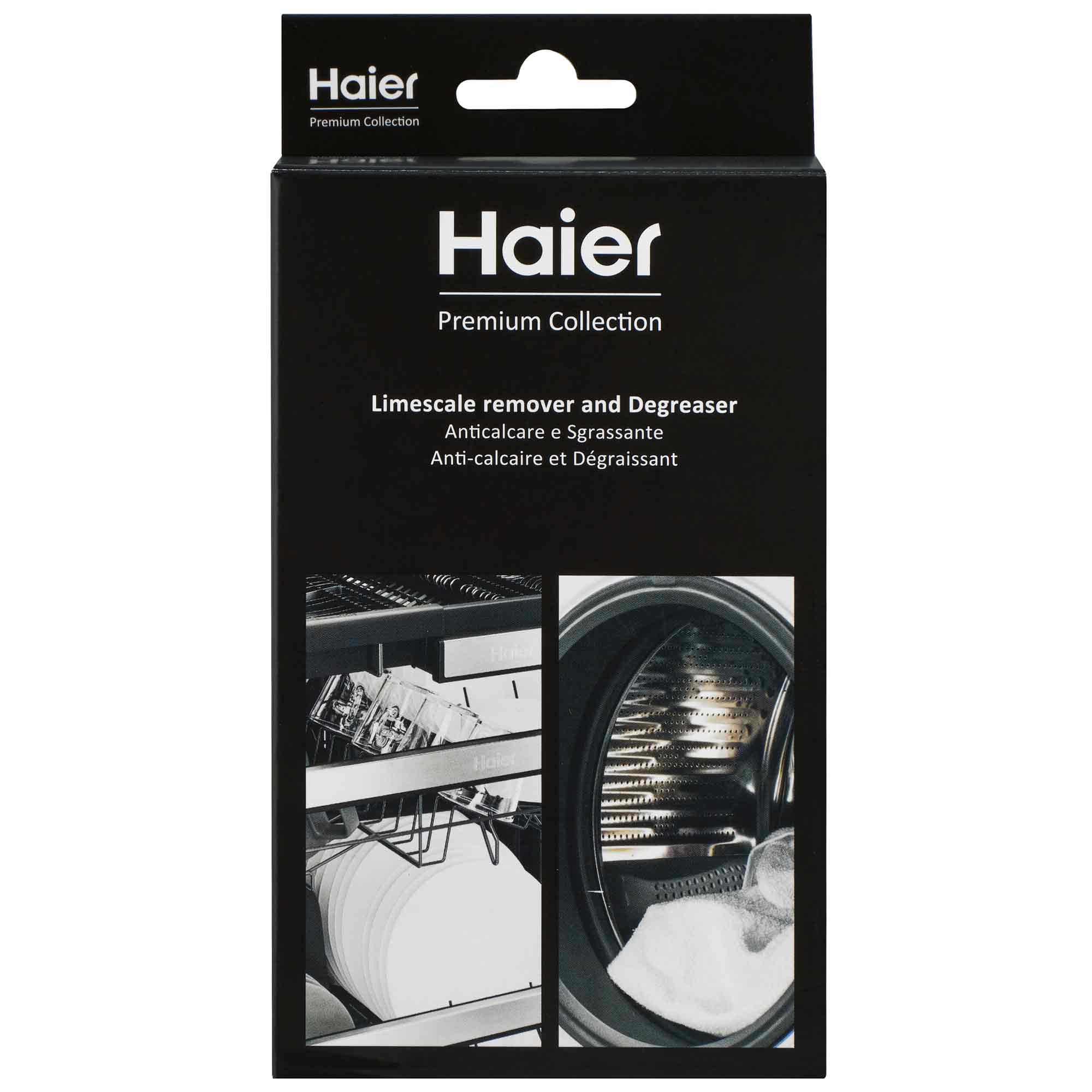
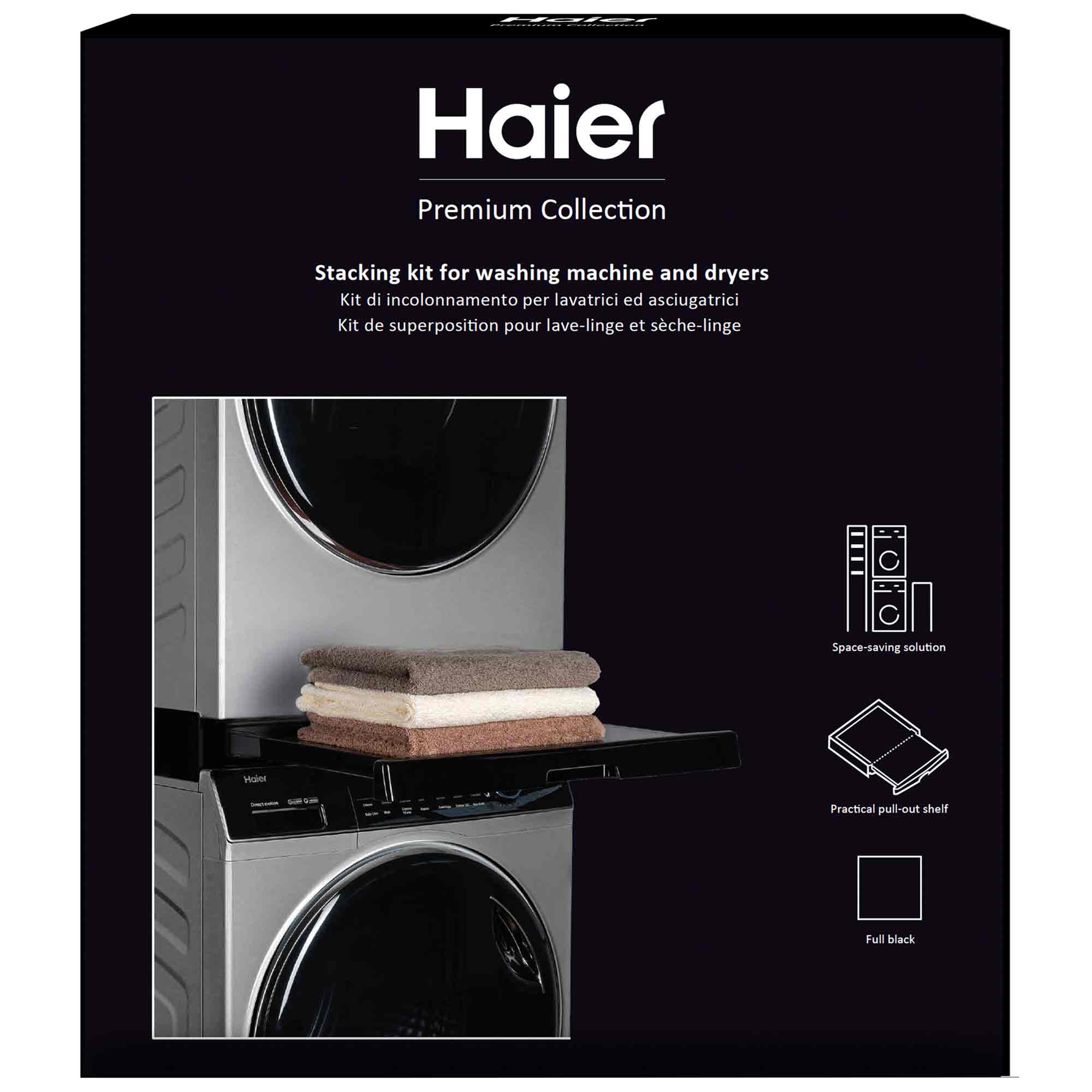
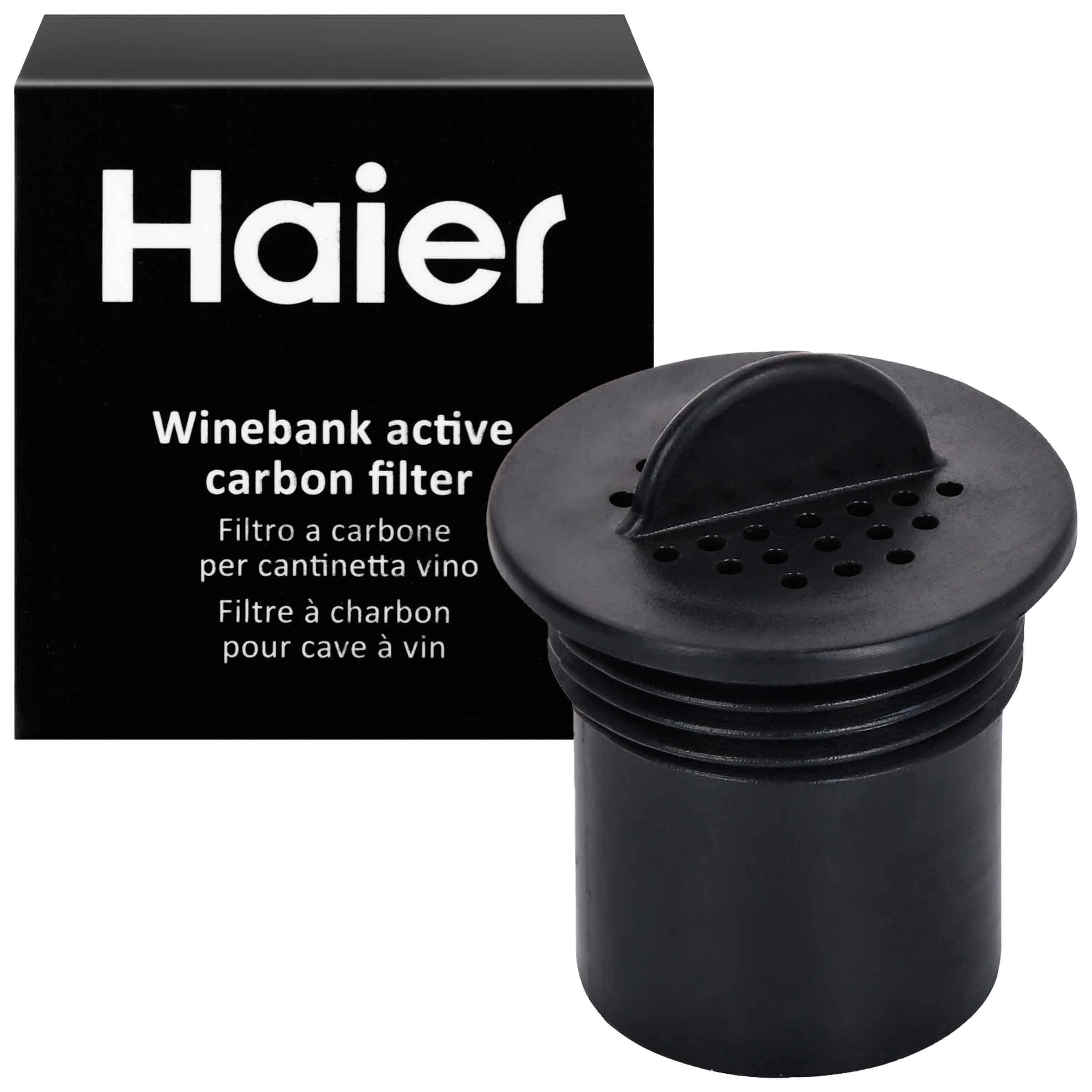
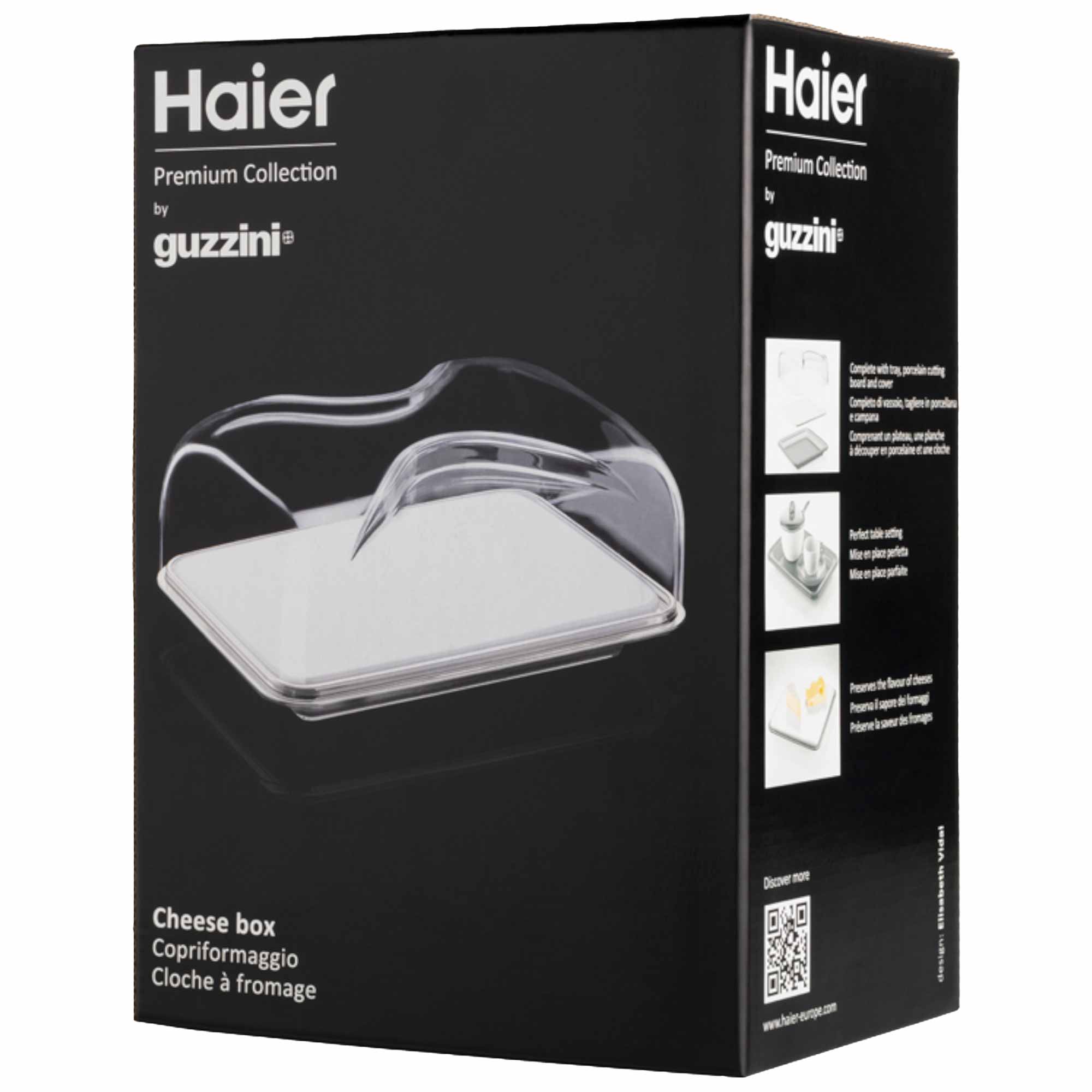
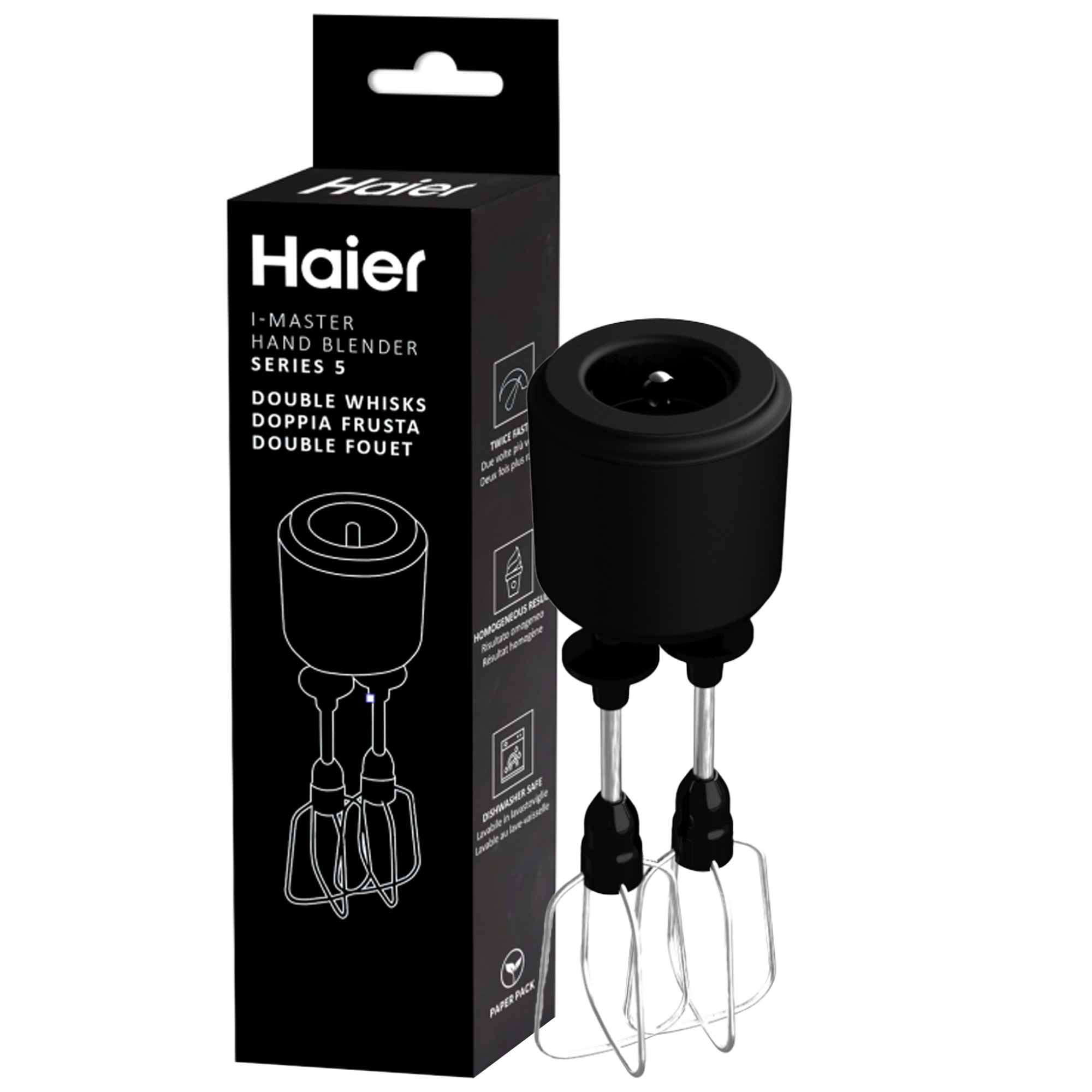
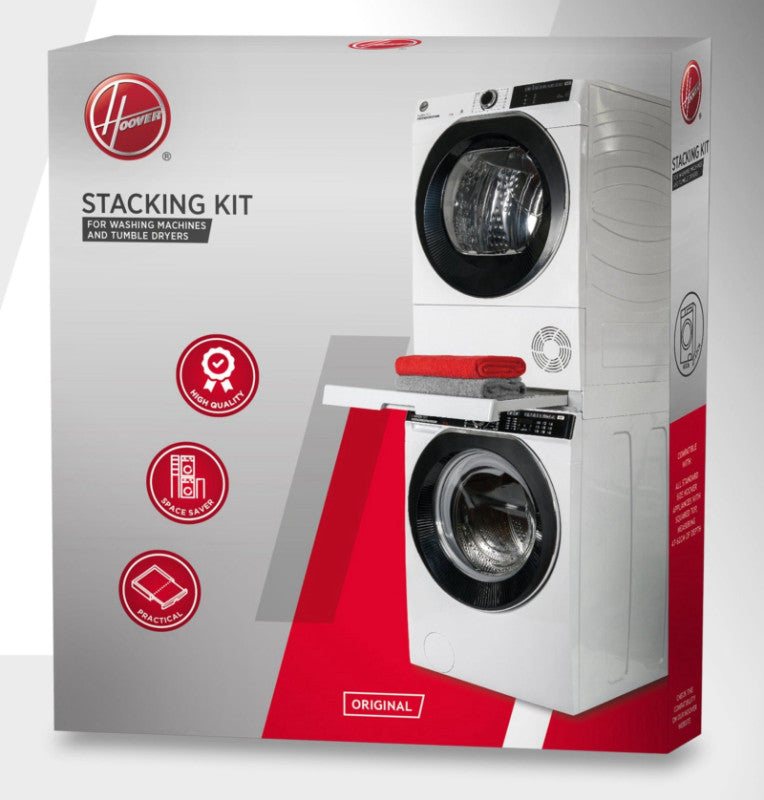
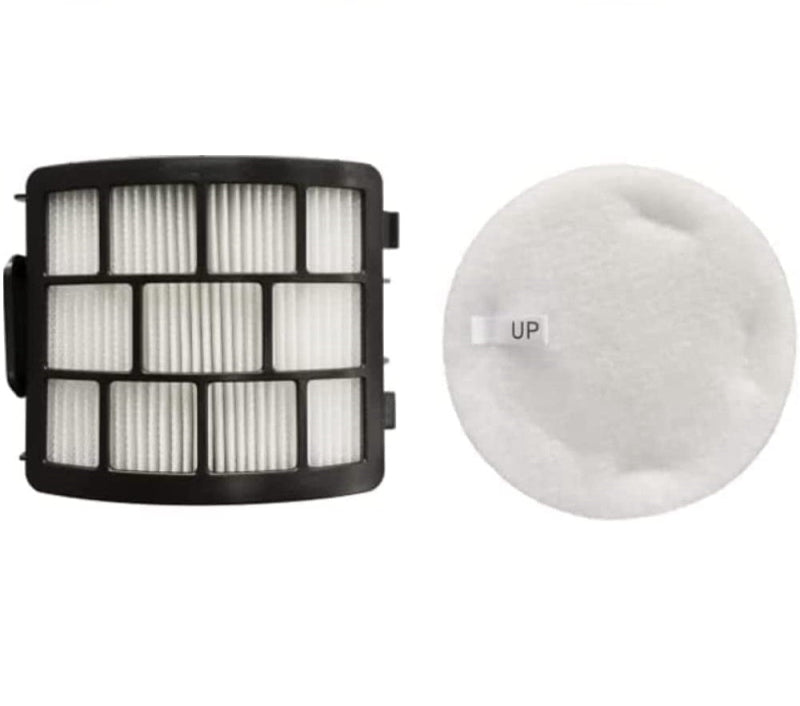
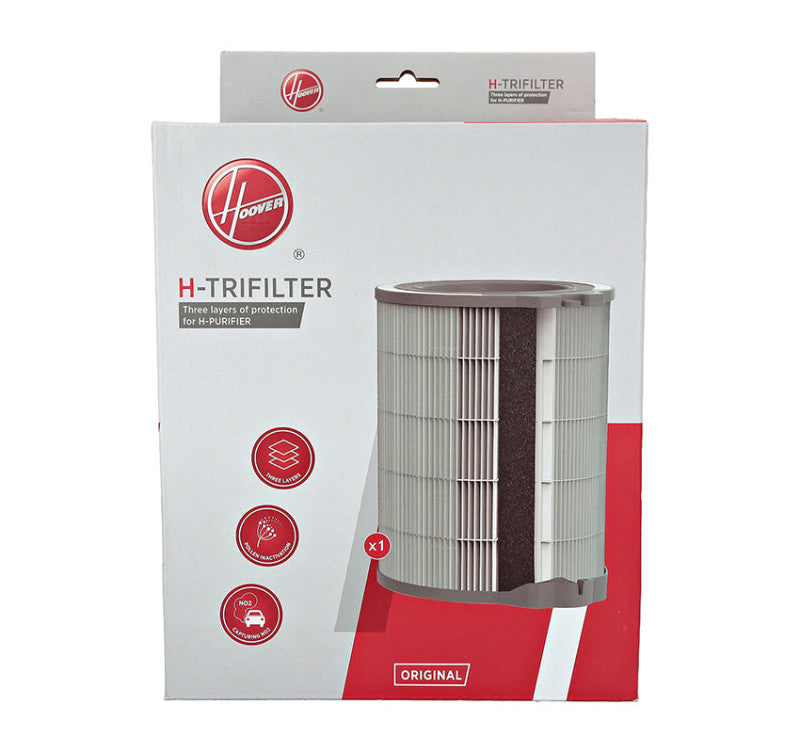
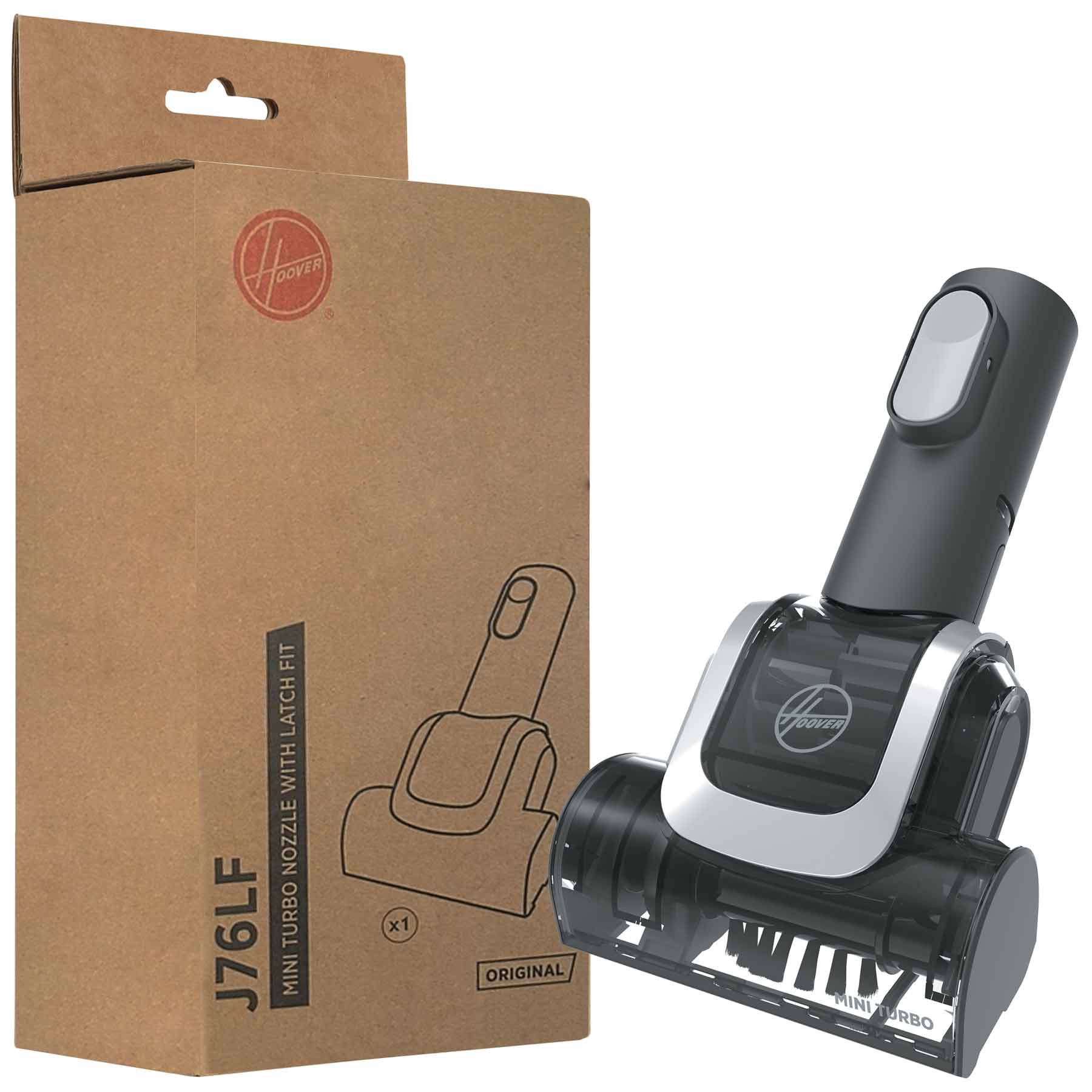

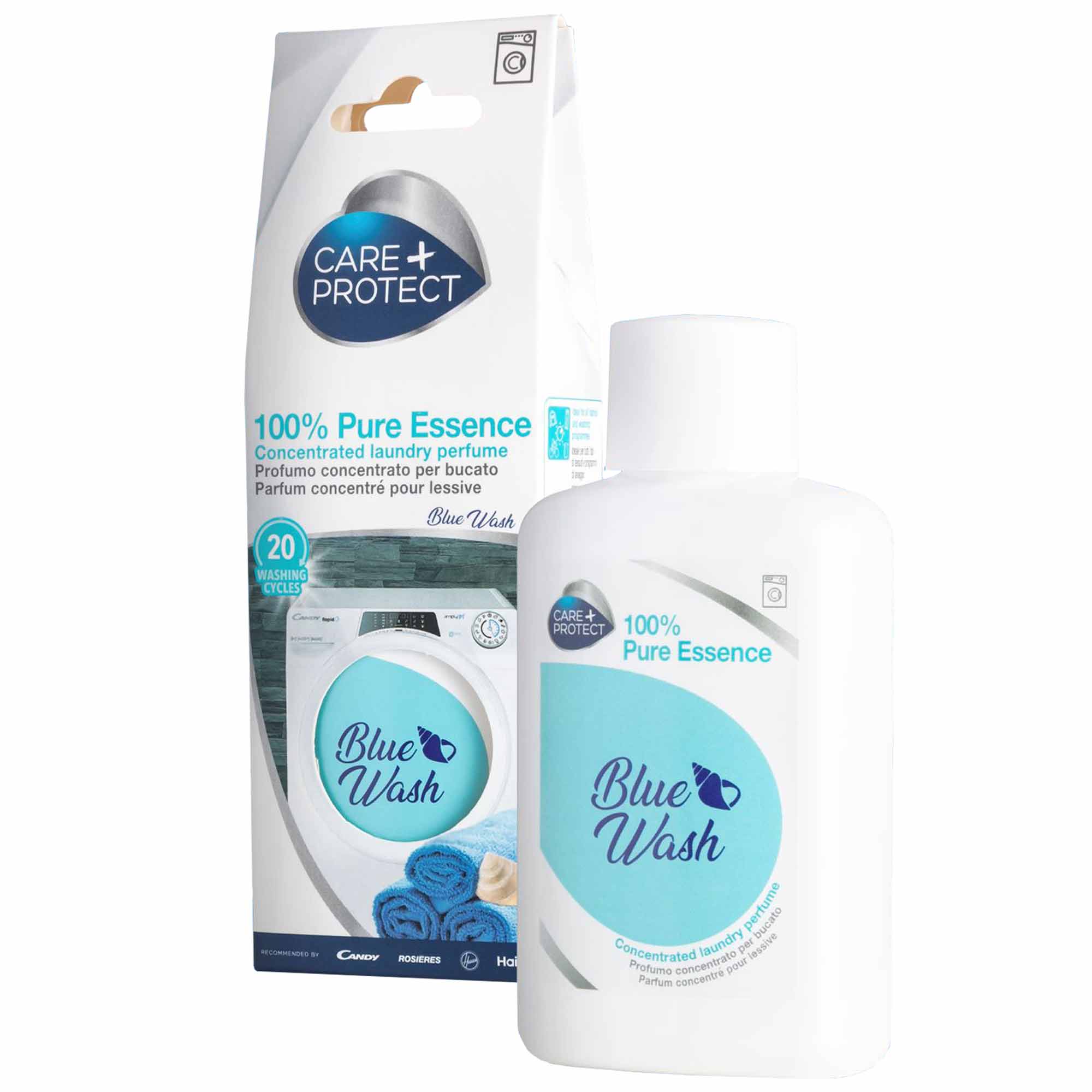
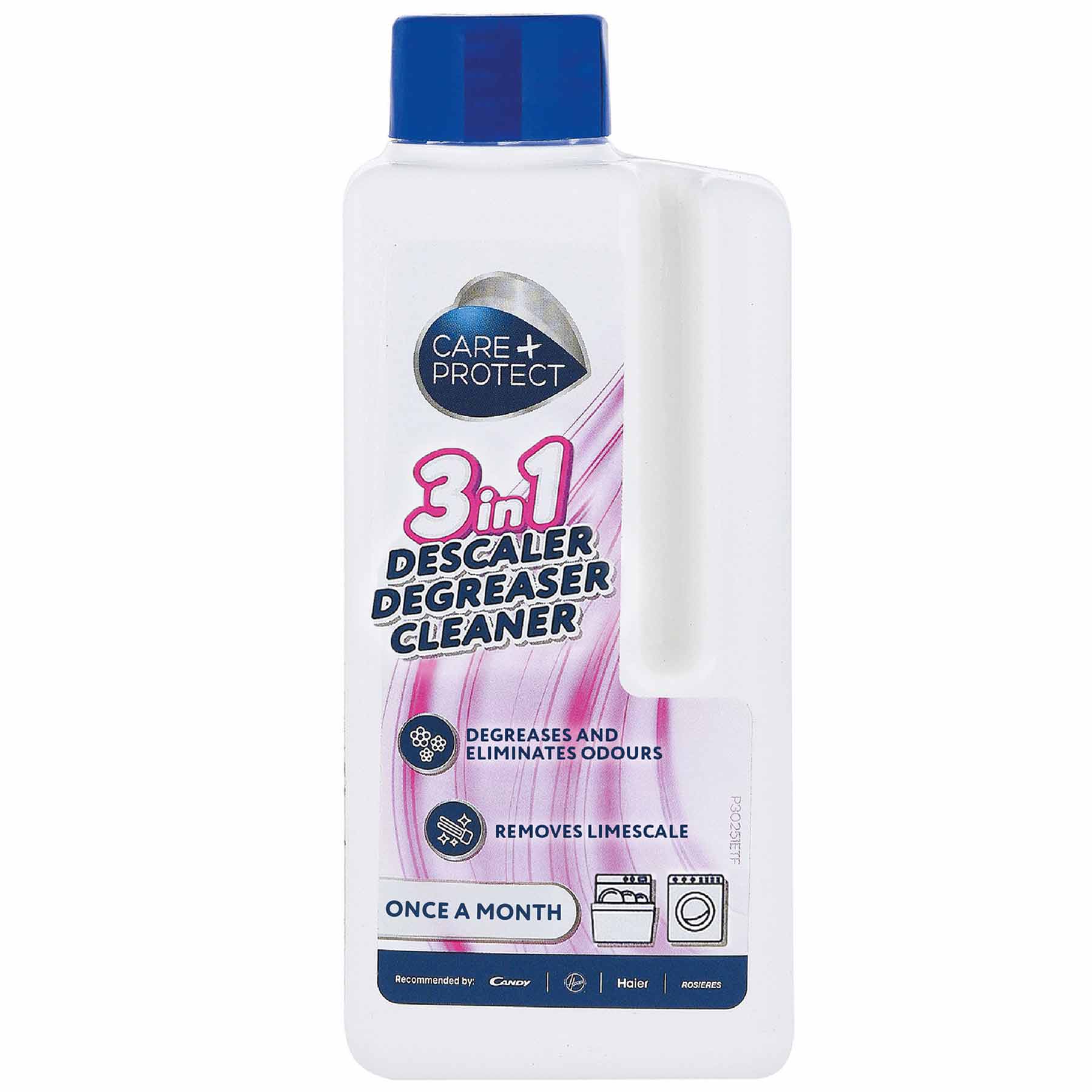

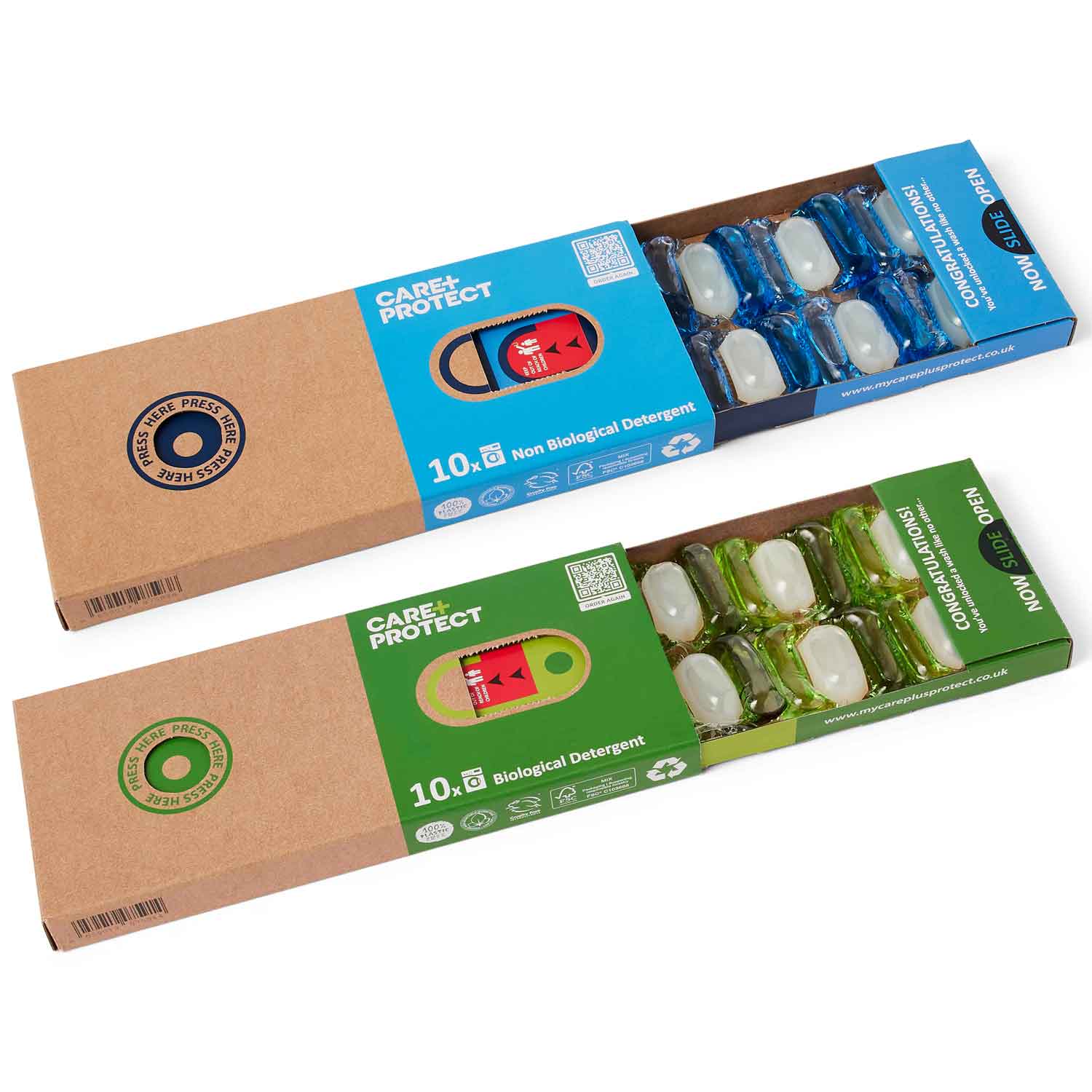
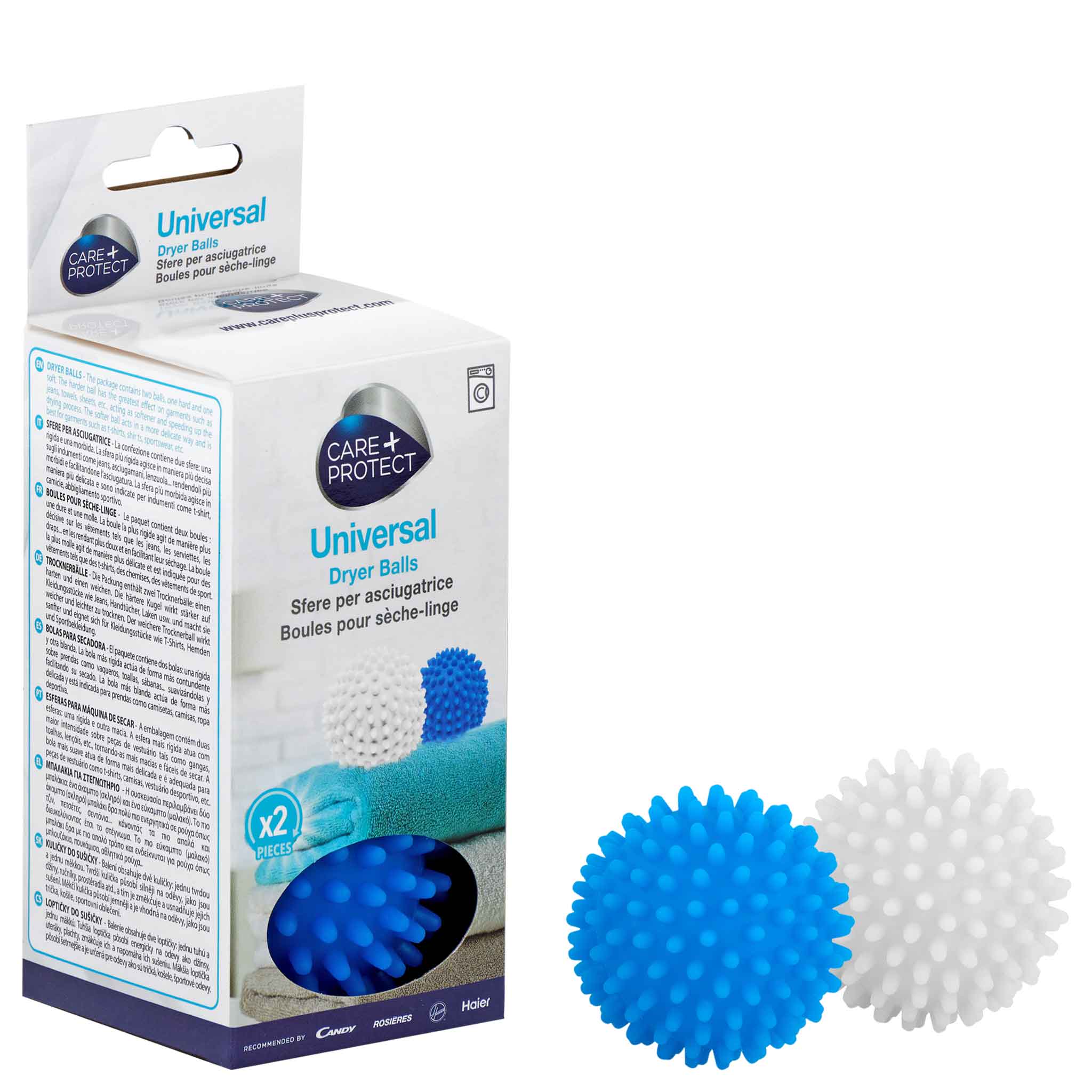
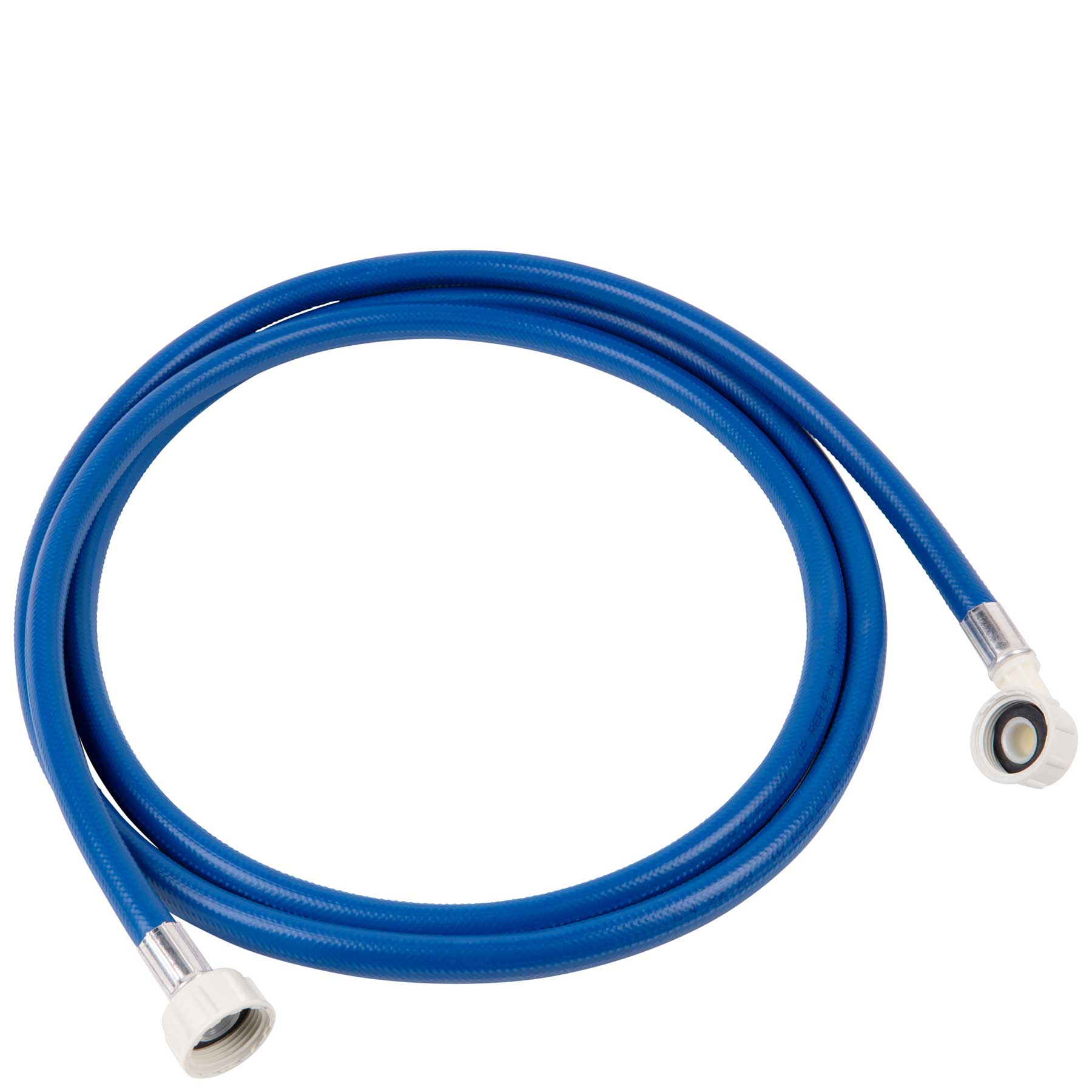
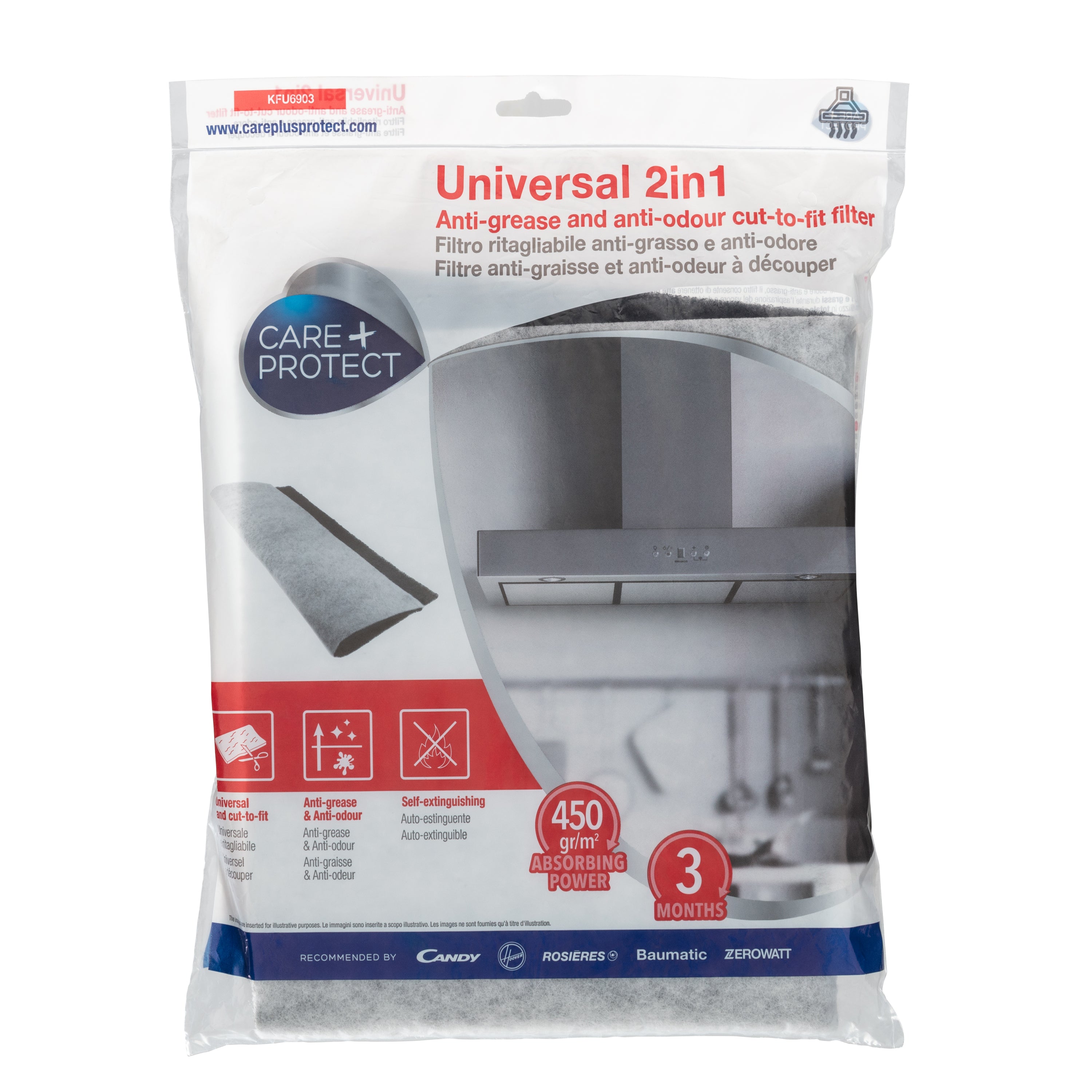
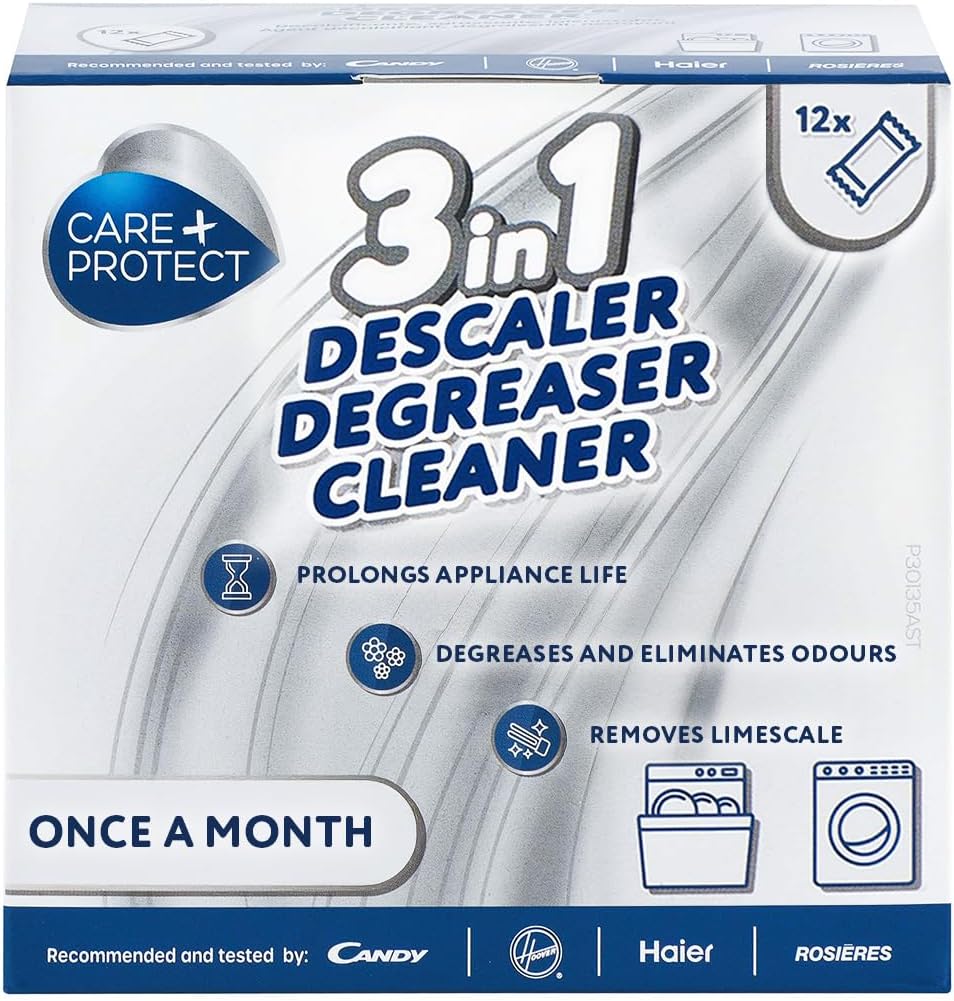
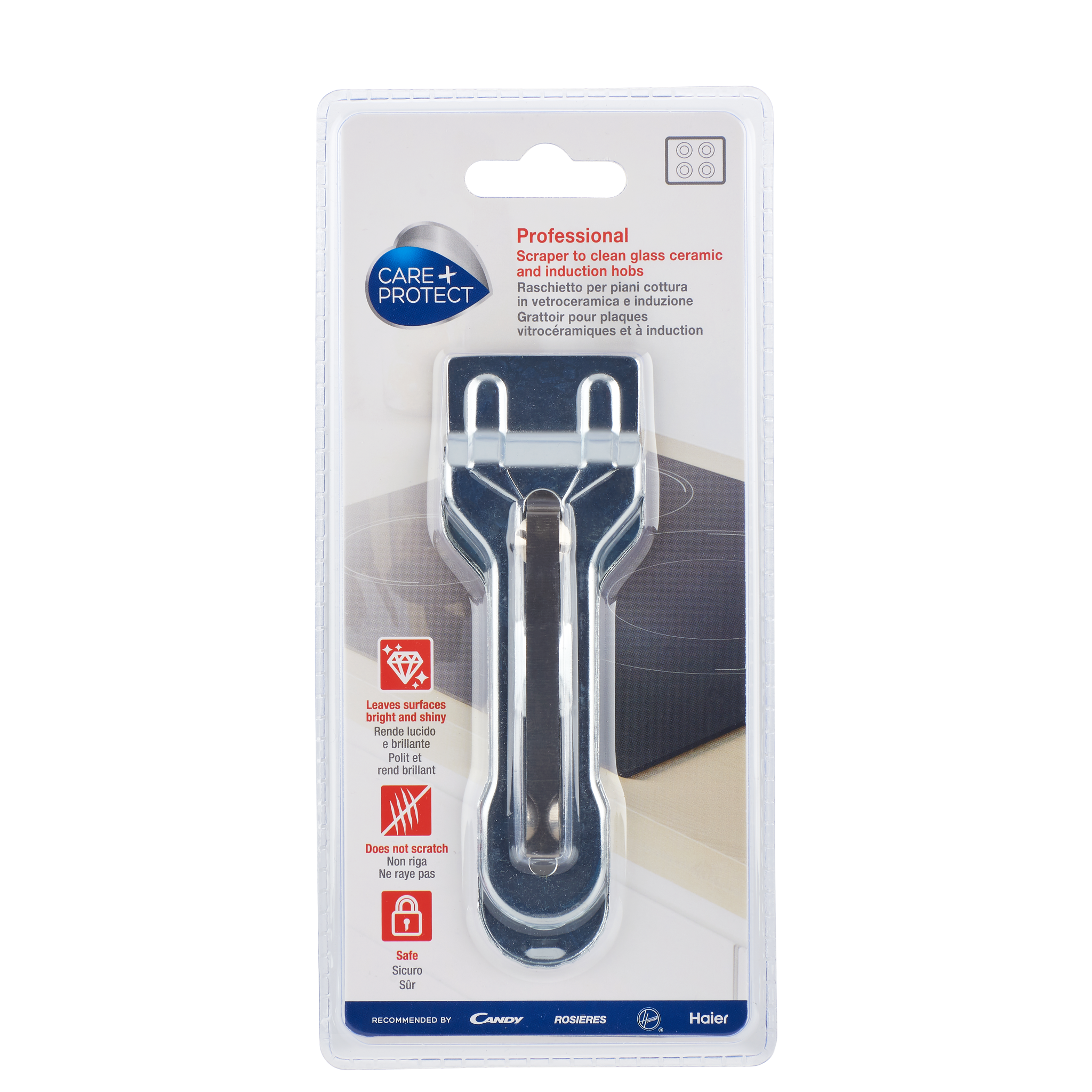
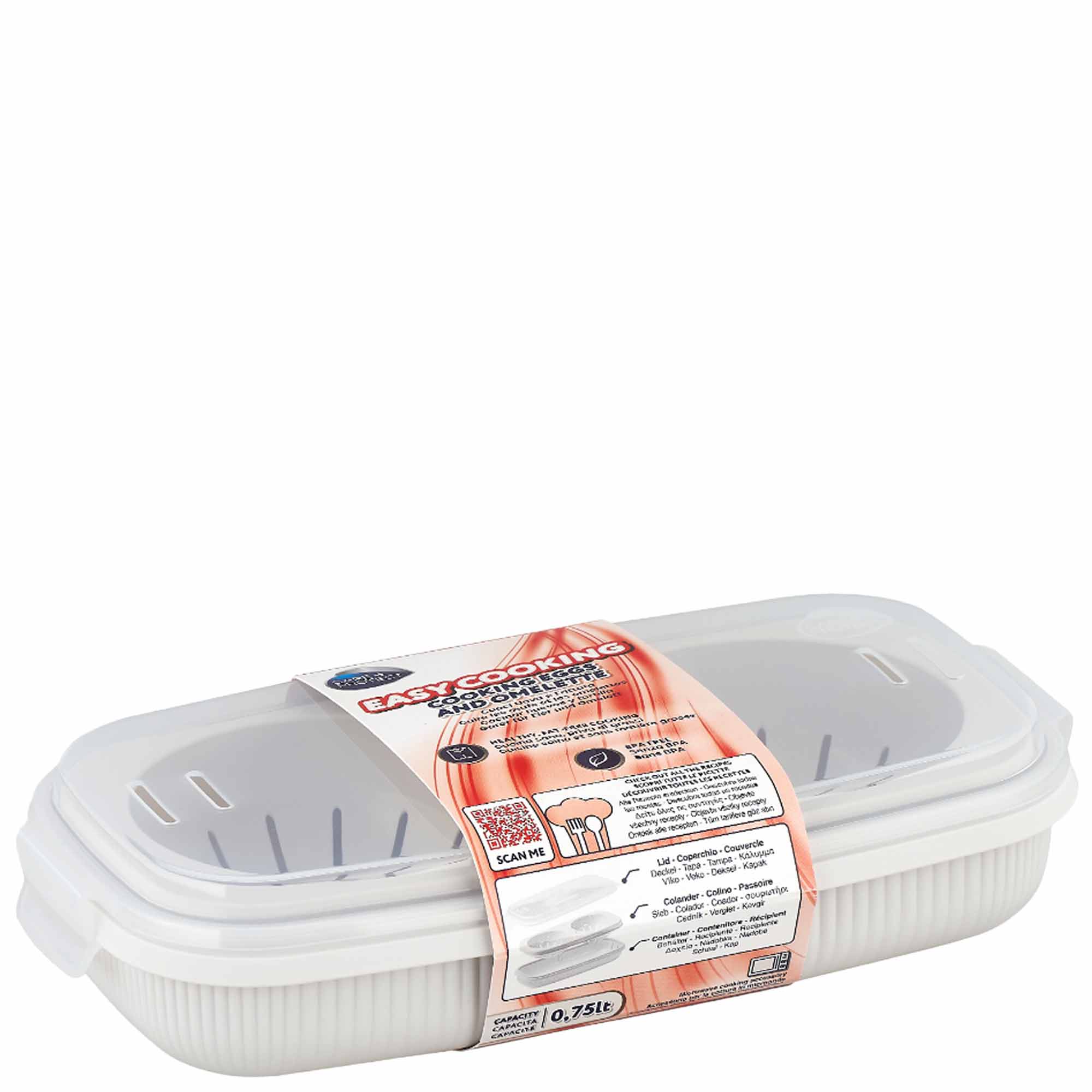
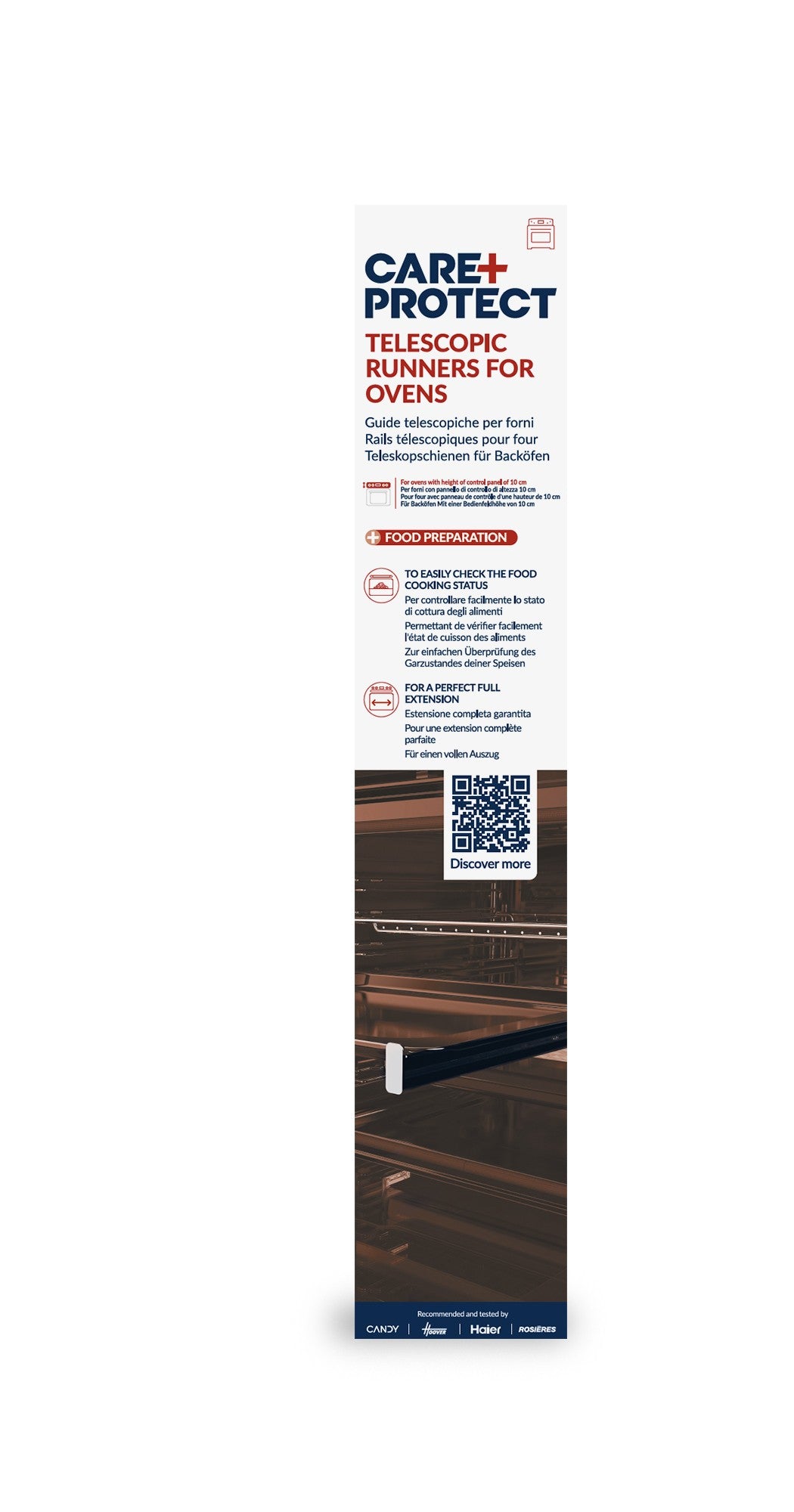
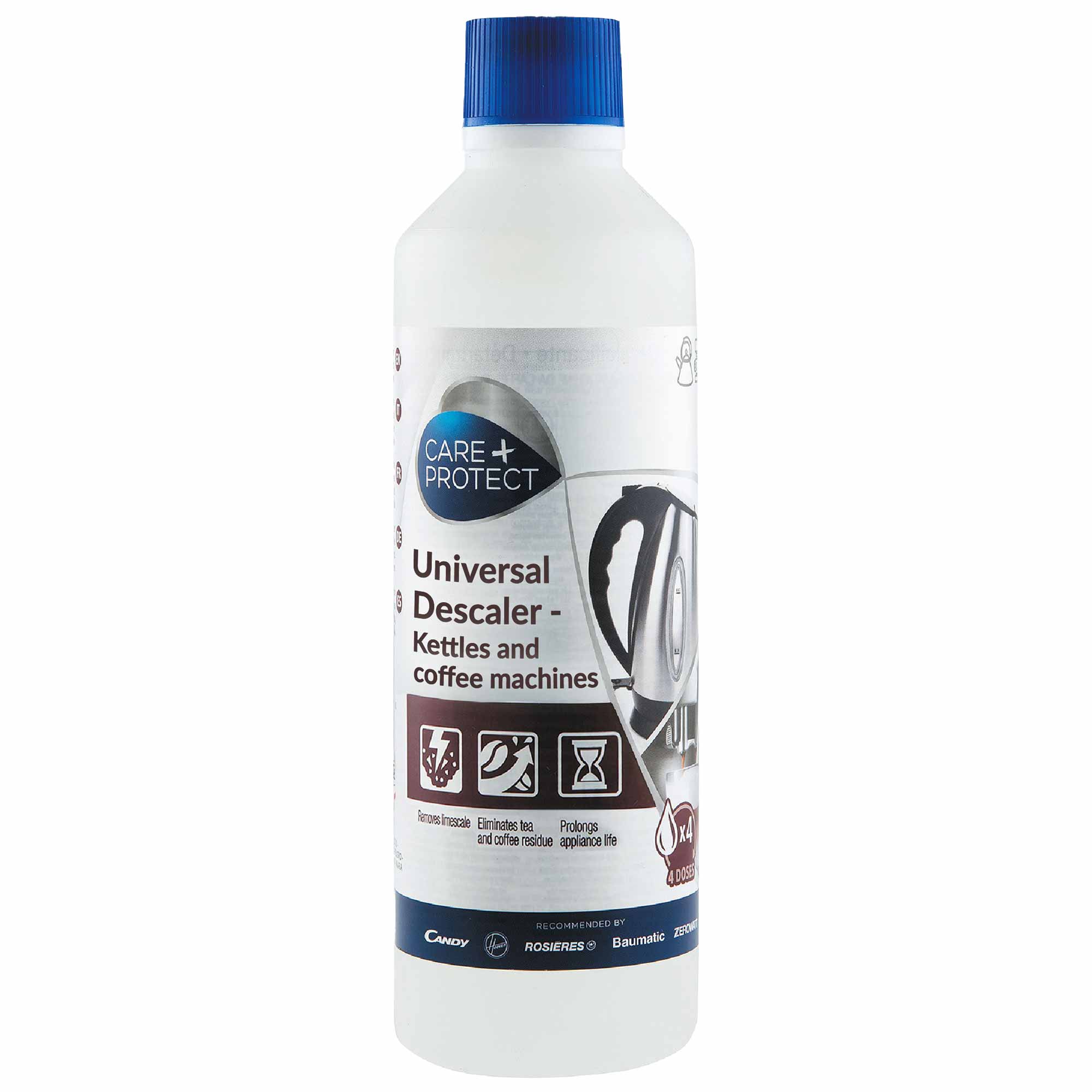
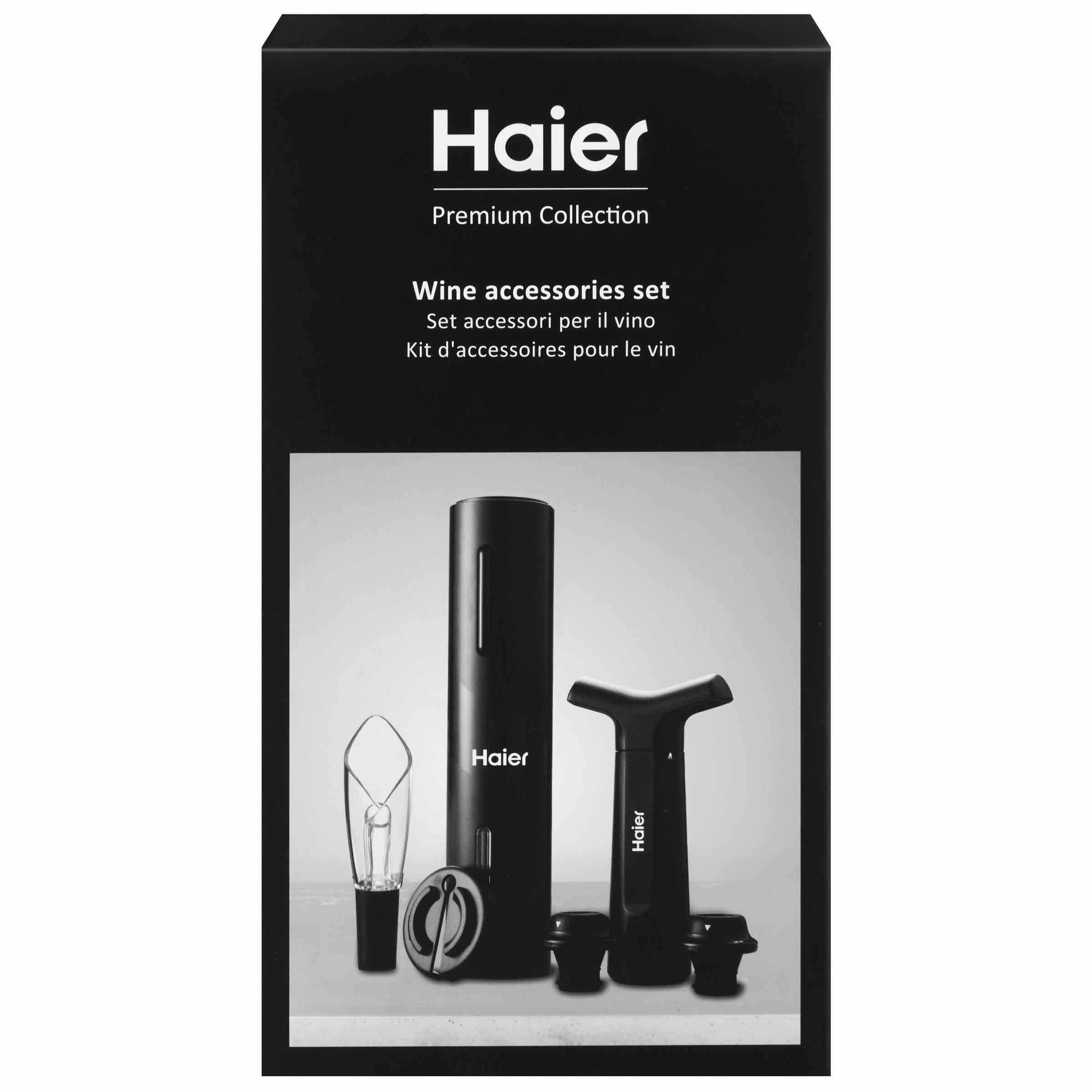
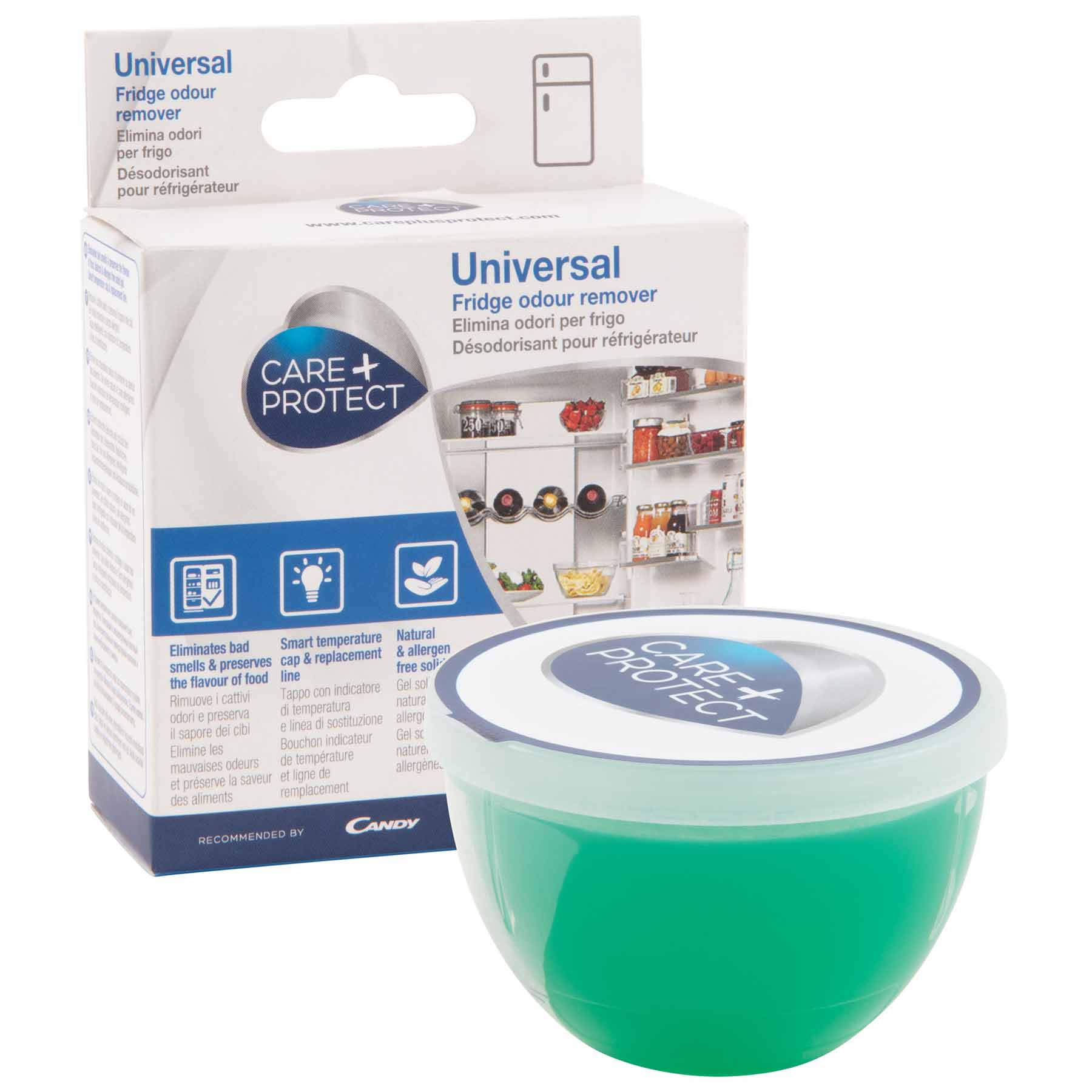
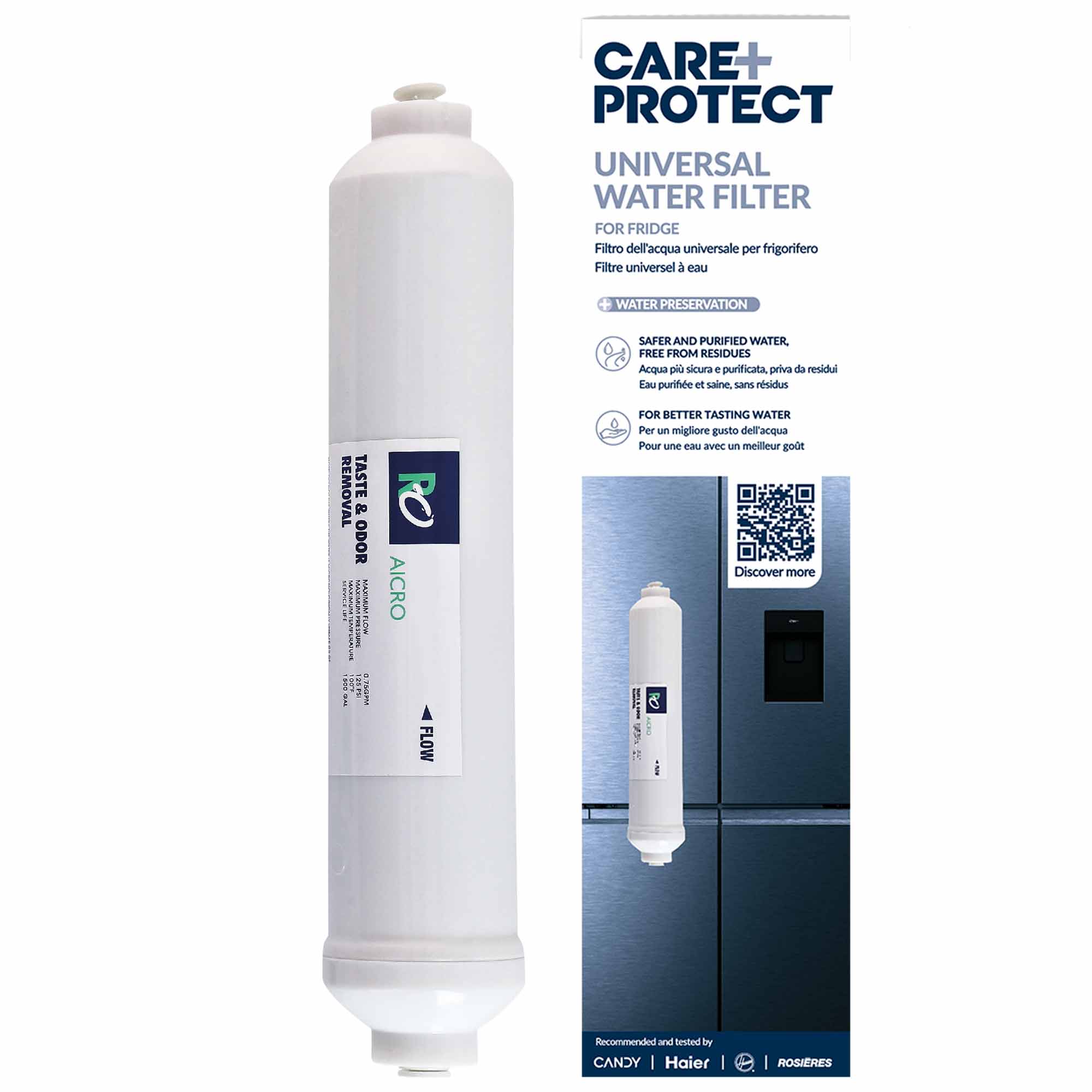
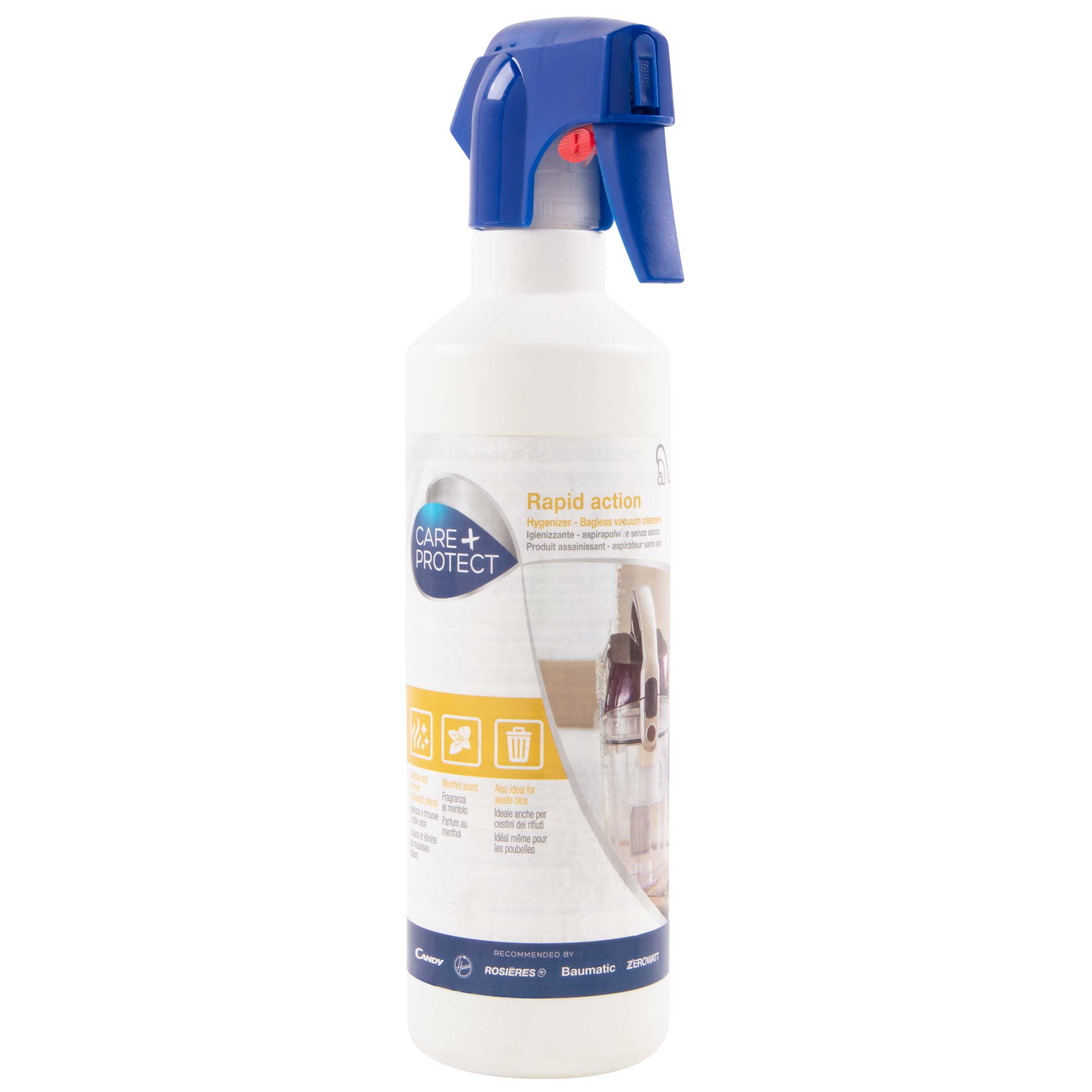
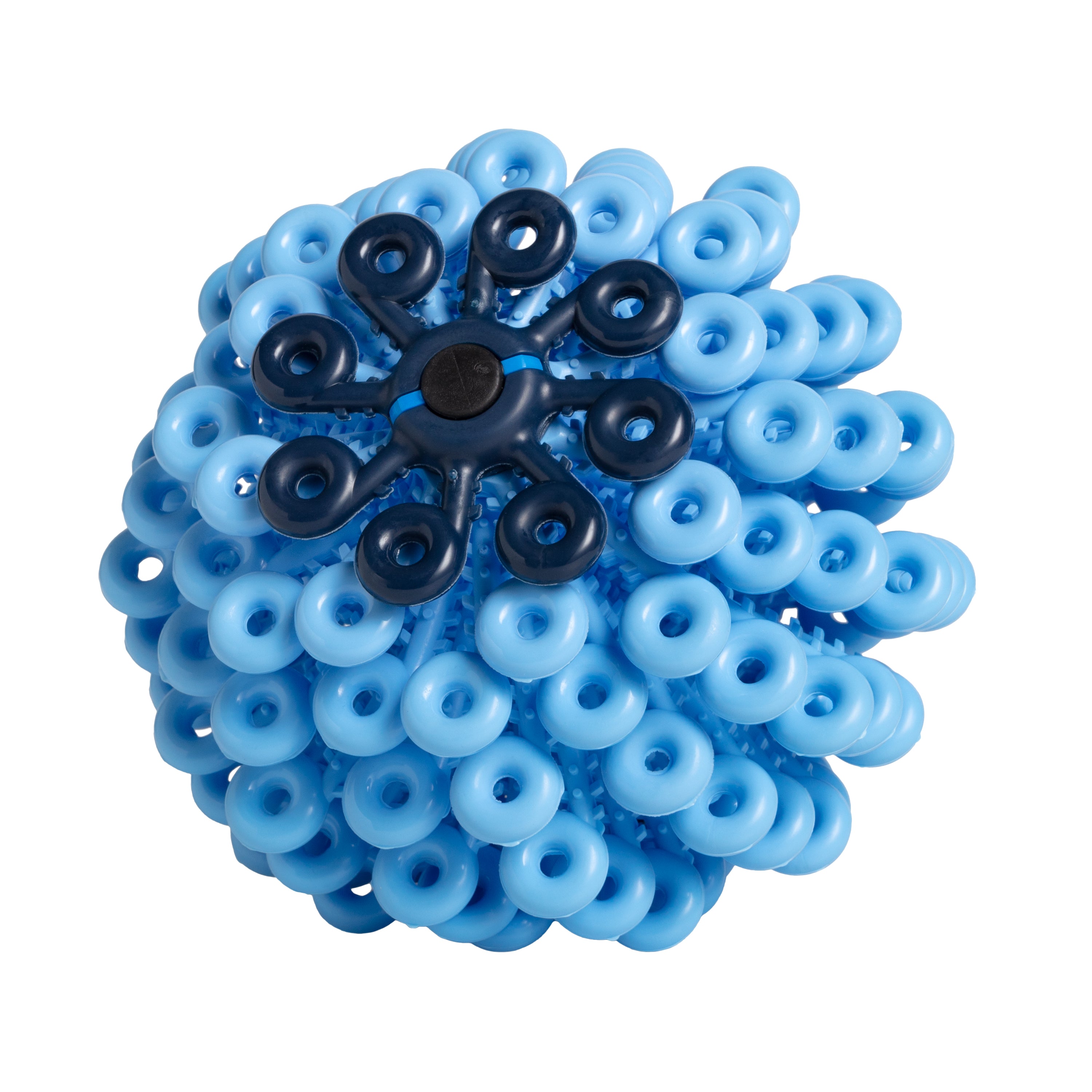
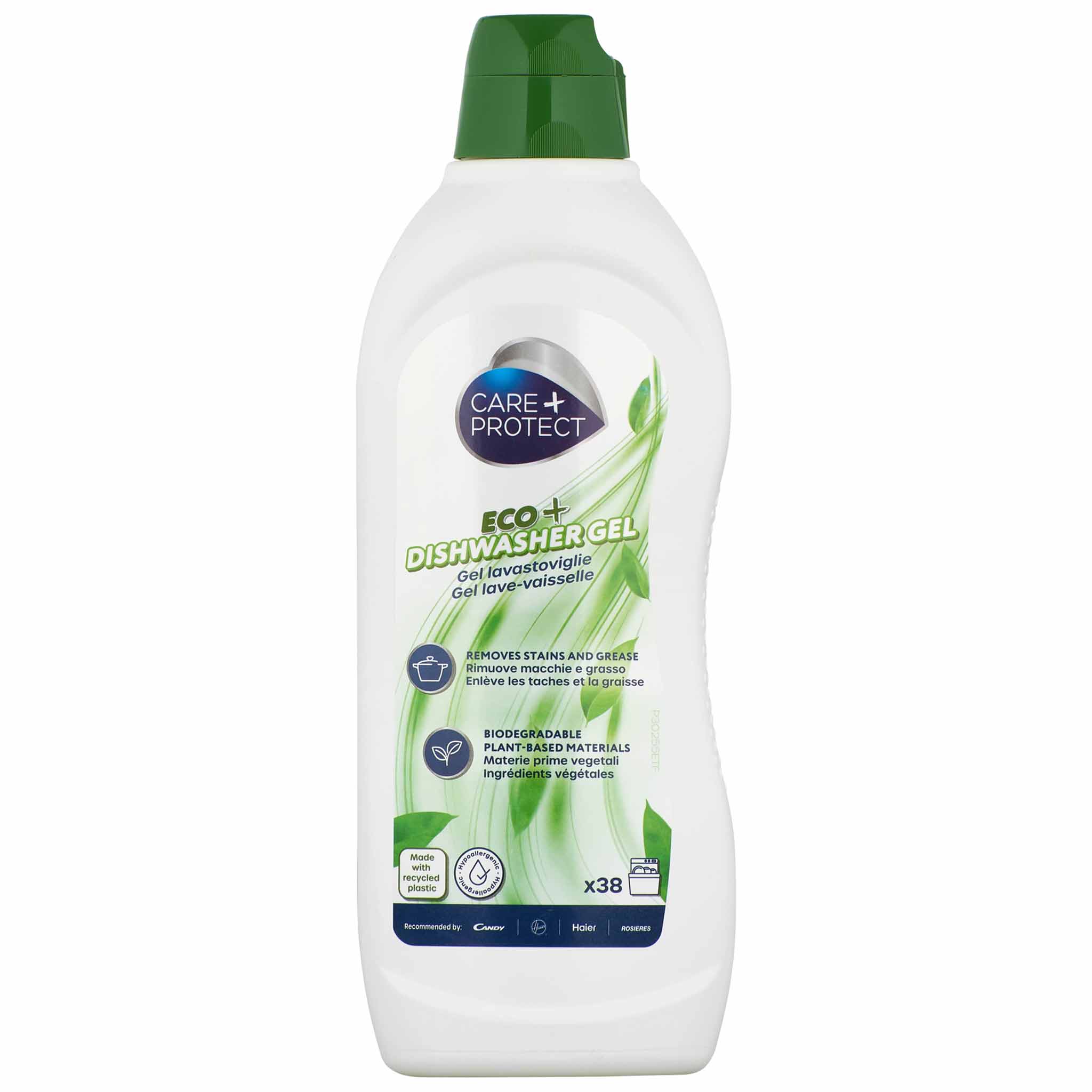
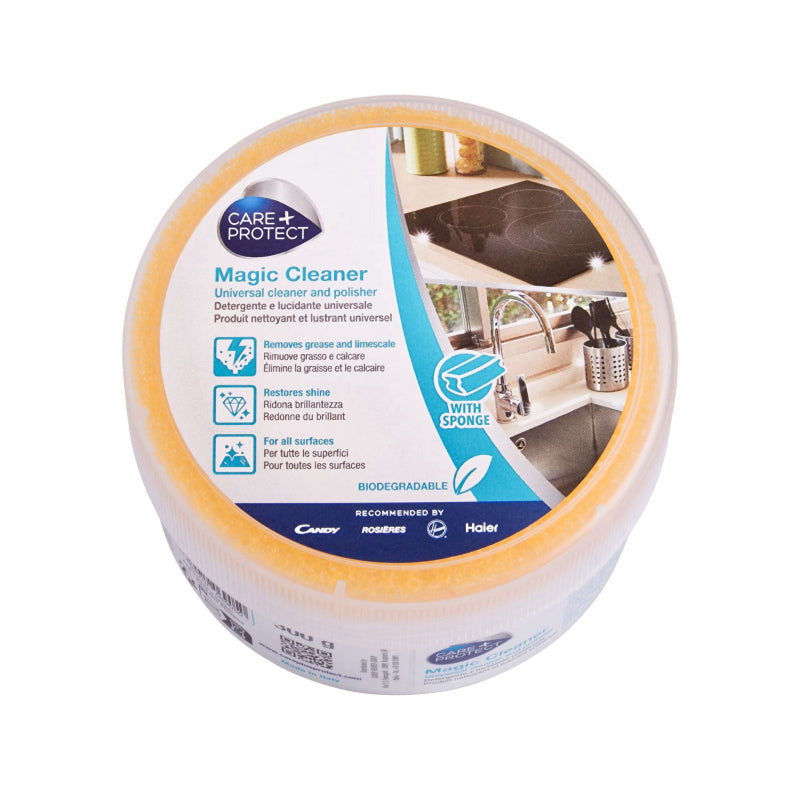
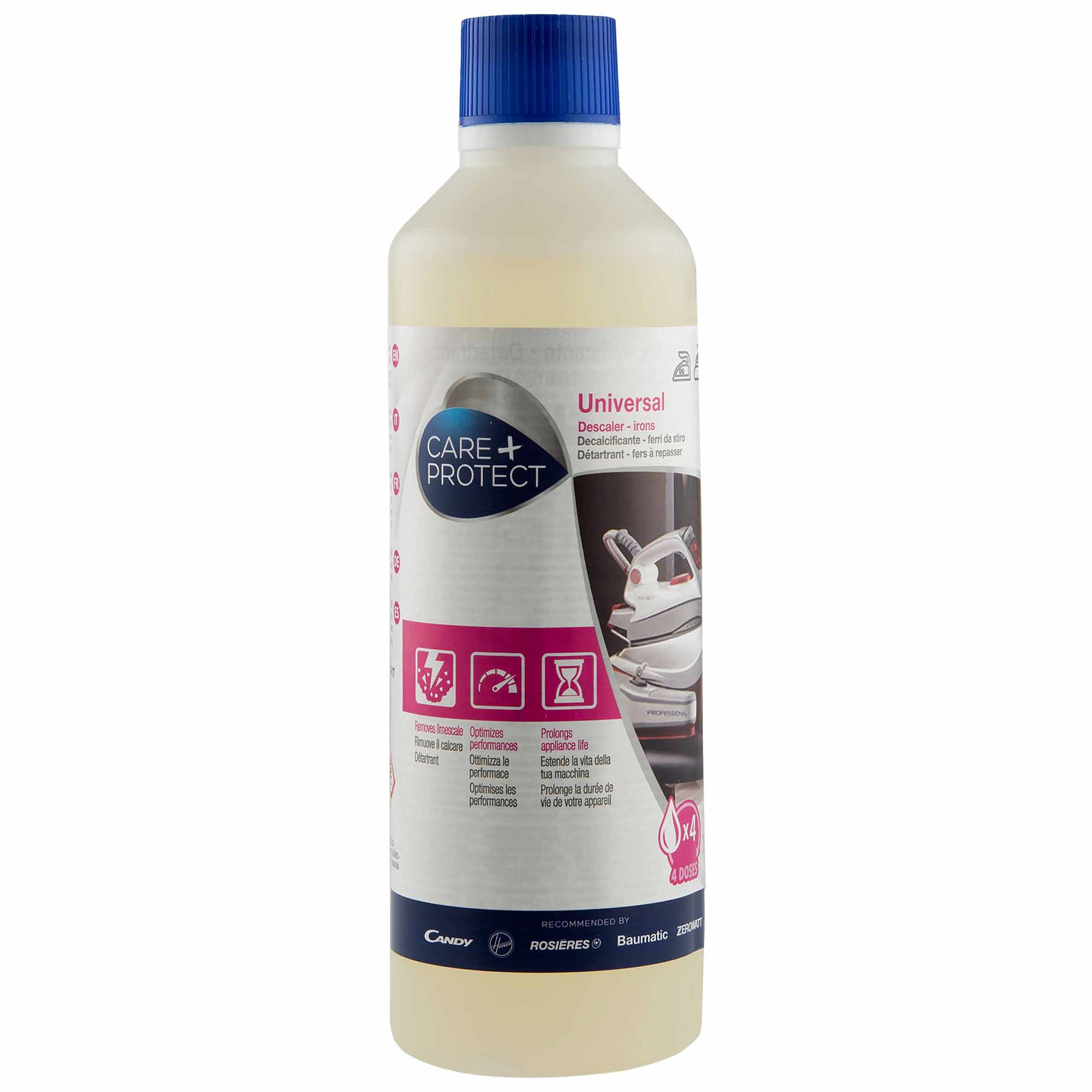

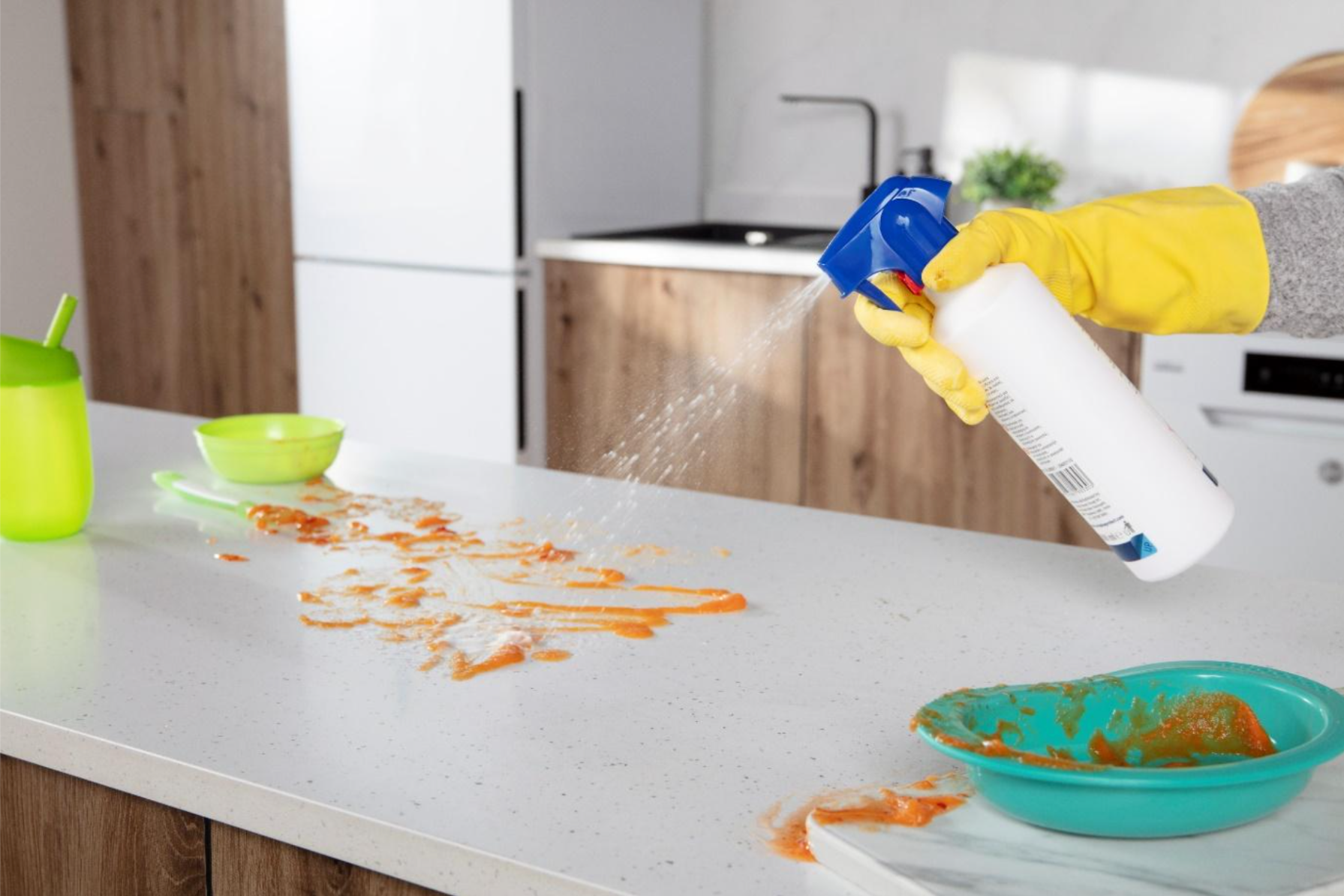
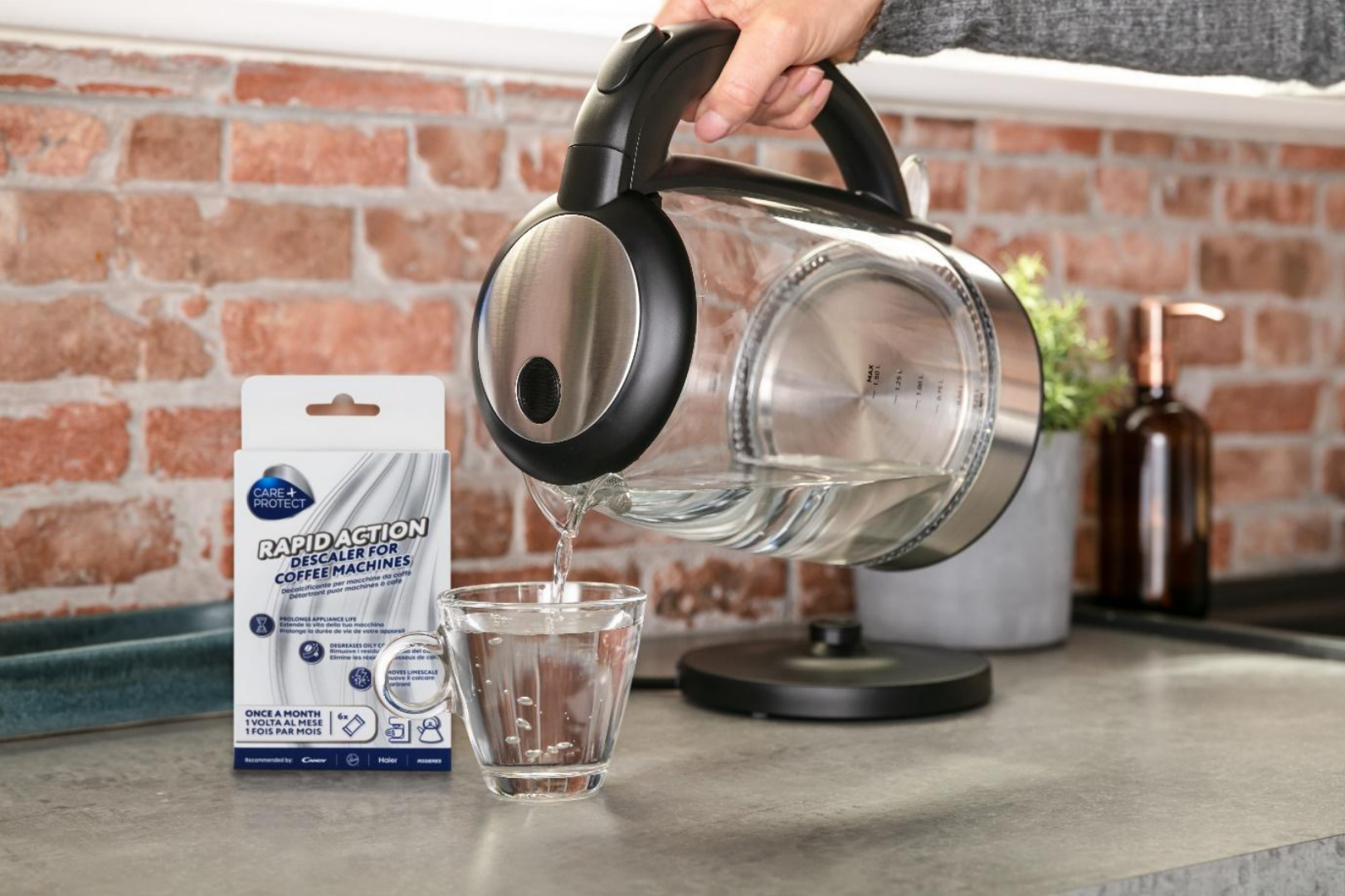
Leave a comment